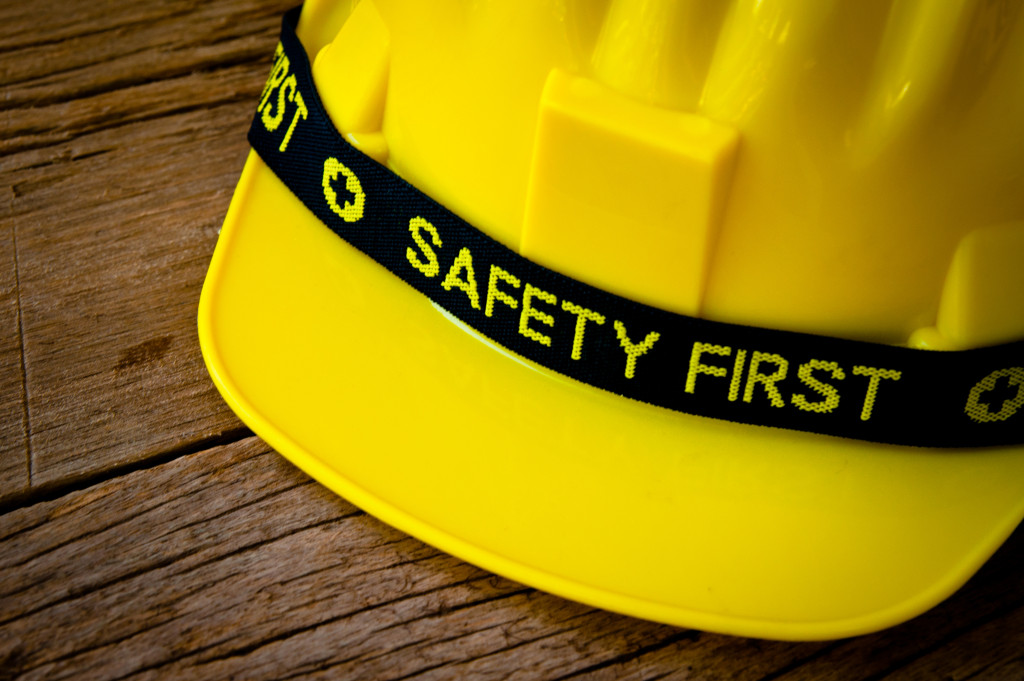- Implementing safety protocols, processes, and procedures is essential for reducing the risk of workplace injury or death.
- Investing in quality personal protective equipment and training staff on safety protocols are necessary to protect employees.
- Regular maintenance checks, inspections, and staying up-to-date with new technologies can help maintain productivity while keeping employees safe.
- Installing safety features such as emergency stops and two-hand controls on machinery can help minimize the possibility of operator injury.
Safety is of paramount importance on the manufacturing floor. Safety procedures and policies must be followed to protect workers from harm. When not handled correctly, manufacturing can be hazardous, so organizations must prioritize safety.
Statistics show that there were over 5,000 fatal workplace injuries in the United States in 2021 alone. Of those fatalities, 19 percent occurred in the manufacturing sector – making it one of the most dangerous industries. In addition, OSHA reported that nearly $1.5 billion was spent on wages and medical expenses due to work-related injuries and illnesses.
To combat these alarming statistics, employers must ensure comprehensive safety protocols meeting local and federal regulations. Here are a few tips to consider when making the manufacturing floor safe for employees.
Maintaining Safety Protocols

Safety protocols are critical for preventing accidents and injuries on the manufacturing floor. By adhering to set standards, employers can reduce the risk of injury or death in the workplace. For example, some safety protocols may require wearing protective gear such as gloves and goggles when handling hazardous materials. It’s also essential for employers to provide regular training sessions for employees. Hence, they understand how to use machinery properly and know what safety measures to take if an accident does occur. Here are few protocols to consider:
Developing Processes and Procedures
In addition to establishing safety protocols, employers should develop processes and procedures tailored specifically to their organization’s needs. This involves creating rules around how machines are operated, maintaining a clean work environment, enforcing proper handling techniques when working with hazardous materials, establishing communication methods between employees and supervisors, providing adequate lighting throughout the facility, equipping workers with the correct tools and resources necessary to complete tasks safely, etc. By doing this, employers can ensure everyone knows their roles within the company and how to perform specific tasks safely without compromising efficiency levels.
Investing in Protective Equipment
Protective equipment is essential for any manufacturing environment since it gives workers an added layer of protection against any potential hazards involved with their job duties. Employers should invest in high-quality personal protective equipment (PPE) such as hard hats, boots with steel toe caps, eye protection goggles or glasses that are shatterproof/scratch-resistant, earplugs/earmuffs for noise reduction purposes, respirators/face masks if needed for dust or chemical exposure prevention, etc. Providing safe working conditions by investing in PPE will help protect workers from possible injuries and boost employee morale, knowing that their employer takes care of them while on duty.
Performing Regular Maintenance Checks
Finally, employers should regularly inspect machines on the production floor before operations begin each day and perform maintenance checks every few weeks or months, depending on need. This ensures machines run smoothly and safely, lessening downtime due to malfunctions or breakdowns. In addition, employers should always stay up-to-date on new technologies that could improve safety measures within a manufacturing facility. Doing so will help keep employees safe while helping maintain higher productivity levels over time.
Ensuring Safety Inspection Certification
Organizations should also take steps to ensure safety inspection certifications are conducted. This involves having a qualified and certified third party inspect the facility regularly to check that all safety protocols, processes, procedures, and equipment are up-to-date and compliant with local/federal regulations. Regular inspections help identify any potential hazards, reducing the risk of workplace injuries or even fatalities.
Pursuing Staff Training

Training staff for manufacturing safety is essential for creating a safe and efficient work environment. Not only does it help reduce the likelihood of workplace accidents, but it also ensures that employees have the knowledge and skills needed to operate safely and efficiently. Training staff on safety protocols and procedures helps them understand the best practices for working in hazardous environments, correctly using machinery, safely handling dangerous materials, identifying potential risks, and responding promptly.
Furthermore, employers should ensure that employees receive additional training whenever new technologies are implemented into the production process. As technology advances, employers must keep up with the latest advancements, such as automation systems or IT networks used in manufacturing operations. Formal training sessions on these new tools can help keep productivity levels high while lowering the risk of workplace injury due to an employee’s lack of understanding or familiarity with upgraded technology.
Installing Equipment Safety Features
Workers will benefit from installing protective features on machines, such as safety interlock systems and sensors. These features can help reduce the risk of operator injury by automatically turning off machinery in case of an emergency or malfunction. There are also a variety of other advanced safety solutions available to improve the overall level of safety for workers on the production floor.
There are plenty of safety interlock features on specific machines, such as emergency stops and two-hand controls. It’s important to note that employers must check local and federal regulations when installing new safety features, as specific requirements may need to be met before operation.
Final Thoughts
By taking the steps discussed above, employers can create a safe work environment for their employees and help save on costs associated with workplace injuries or fatalities in the long run. Organizations should never compromise safety for productivity – prioritize safety first!



